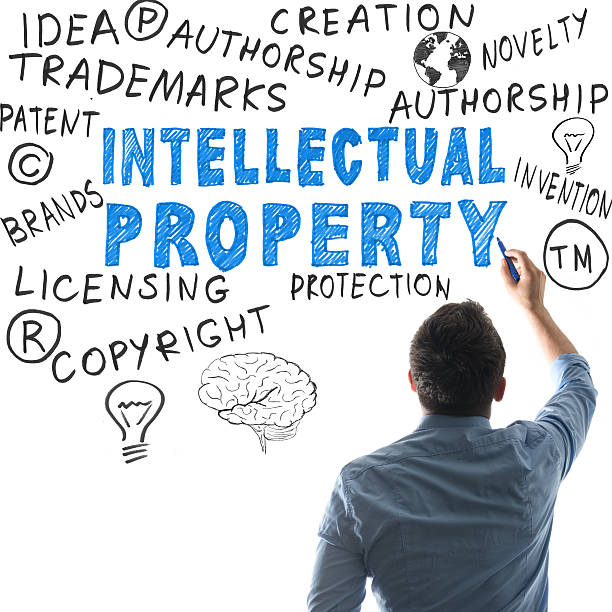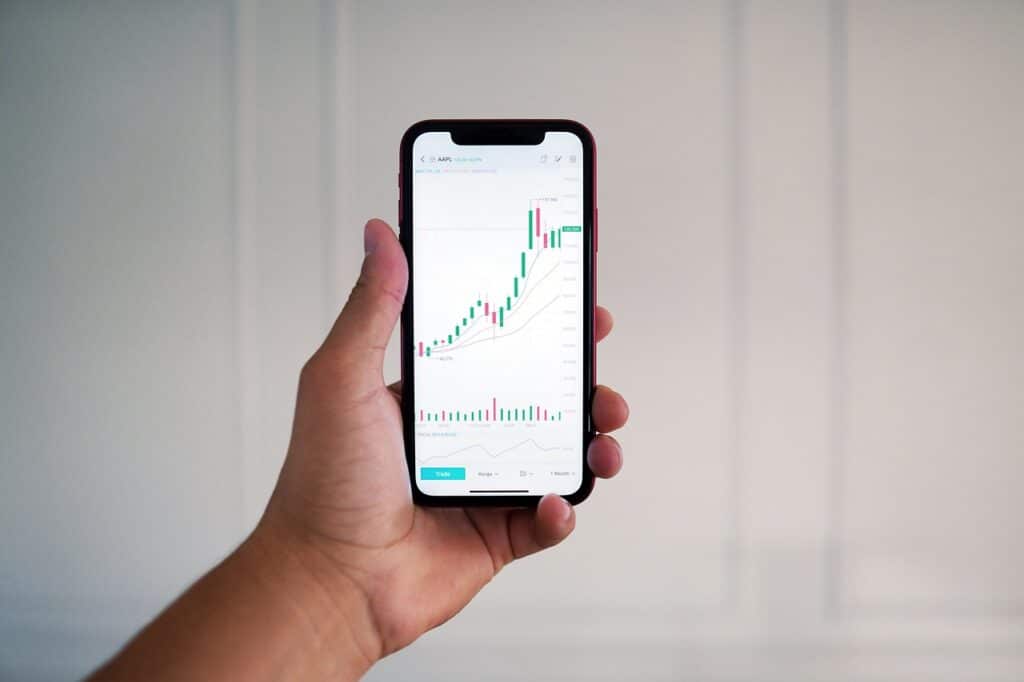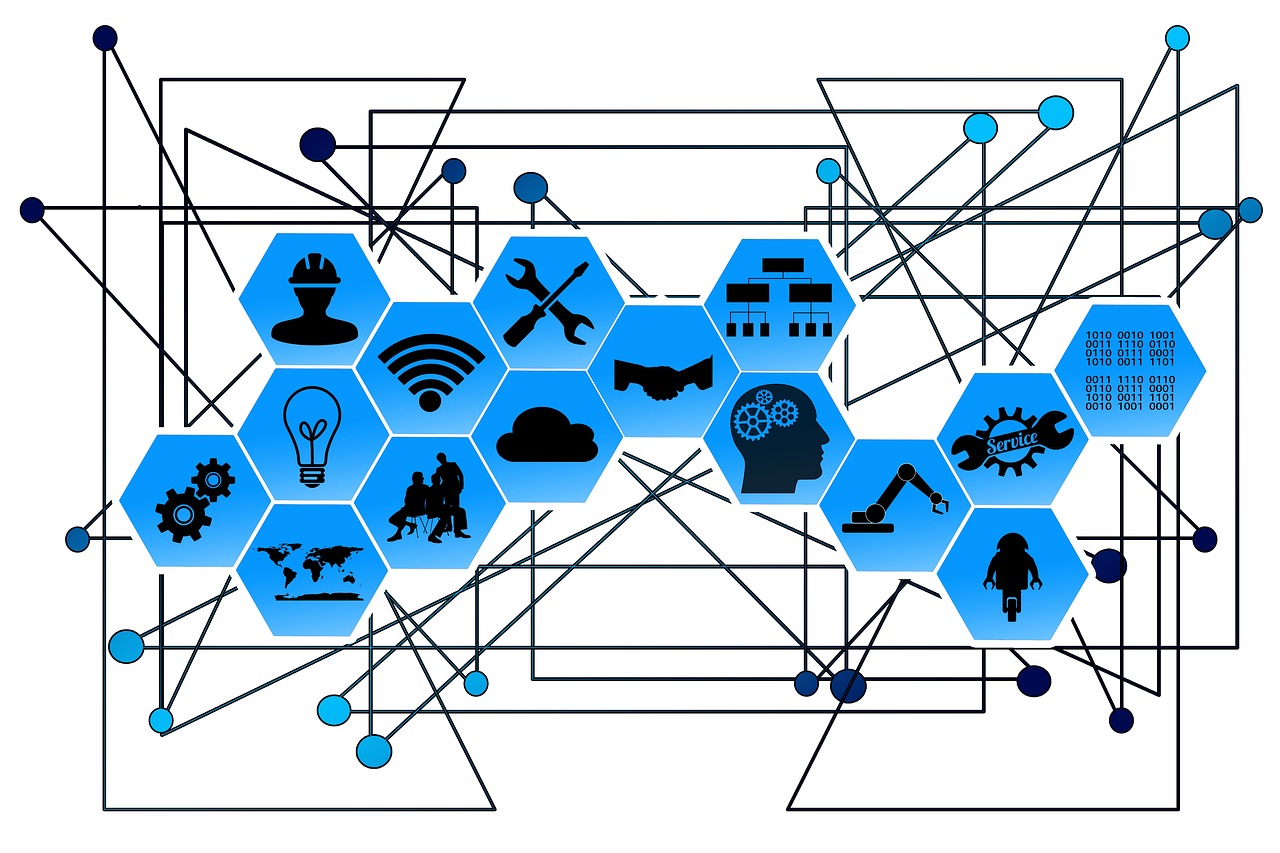In the dynamic landscape of intellectual property, the valuation of Internet of Things (IoT) patents has emerged as a pivotal and complex endeavor. This comprehensive article aims to unravel the intricacies of IoT patent valuation, delving into the foundational aspects, methodological approaches, and the unique challenges posed by the evolving nature of IoT technologies. From understanding the significance of IoT patents in the broader context of technological innovation to exploring the methodologies that underpin their valuation, this article offers a deep dive into the world of IoT patent valuation.
Foundations of IoT Patents: Navigating the Technological Landscape
The valuation of IoT patents begins with a comprehensive exploration of their foundational elements within the vast and intricate realm of the Internet of Things. IoT patents cover a diverse spectrum of innovations, ranging from interconnected devices and sensors to communication protocols and data analytics. These patents serve as the fundamental building blocks that fuel innovation and drive the evolution of the connected world. Understanding the nature of these patents is crucial for stakeholders, as it unveils the diverse facets that contribute to their intrinsic value. Investors, inventors, and industry professionals benefit from a nuanced comprehension of how interconnected technologies, data-driven insights, and communication protocols collectively form the backbone of the IoT ecosystem.

In this technological landscape, the significance of IoT patents extends beyond individual inventions; it lies in their collective impact on shaping industries and influencing societal connectivity. The interconnectedness of devices and the seamless flow of data between them redefine the way we live, work, and interact. As stakeholders navigate the valuation process, recognizing the transformative power of IoT patents provides a holistic perspective on their market position and potential. From smart homes to industrial IoT applications, the foundational elements of these patents lay the groundwork for innovation, and a deeper understanding of their role is essential for making informed decisions in the dynamic IoT landscape.
Methodological Approaches: Unveiling the Complexity of IoT Patent Valuation
With a solid foundation in the technological landscape of IoT patents, the focus shifts to the methodologies employed in valuing these multifaceted innovations. This section delves into the intricacies of the three primary valuation approaches—cost, market, and income methods—unveiling how each method uniquely contributes to the assessment of IoT patents’ value. Evaluating the research and development costs associated with IoT innovations becomes a critical aspect of the cost approach, shedding light on the tangible investments made in bringing these technologies to fruition. The market approach involves benchmarking in a competitive landscape, providing insights into how similar IoT patents are valued in the industry and ensuring a contextual understanding of market dynamics.
As the IoT landscape evolves, so do the challenges and opportunities in the valuation process. The income approach takes center stage, forecasting the potential revenue streams associated with IoT patents. This involves considering licensing opportunities, revenue-sharing agreements, and the long-term financial implications of these patents. The section goes beyond theoretical frameworks, offering practical insights into the challenges posed by the rapidly evolving IoT landscape. Factors such as the swift pace of technological change, evolving industry standards, and the dynamic nature of IoT markets add layers of complexity to the valuation process. Stakeholders gain valuable insights into how these challenges can be addressed, paving the way for a more robust and nuanced approach to assessing the value of IoT patents in a highly dynamic technological landscape.
Challenges in IoT Patent Valuation: Navigating the Complexities
Despite the theoretical foundations and methodological approaches, the valuation of IoT patents presents a myriad of challenges that demand careful navigation. One significant challenge lies in addressing the standardization of IoT technologies. The IoT ecosystem comprises a diverse range of interconnected devices and platforms, often developed by different manufacturers. Harmonizing standards across this diverse landscape becomes crucial for accurate valuation. Stakeholders must grapple with the evolving nature of IoT standards, ensuring that their valuation methodologies adapt to the dynamic technical specifications that underpin these innovations.
Legal and regulatory complexities further complicate the valuation process for IoT patents. The interconnected nature of IoT devices raises issues related to data privacy, security, and compliance with regional and international regulations. Navigating this complex web of legal considerations requires a thorough understanding of the legal landscape surrounding IoT technologies. Additionally, the dynamic nature of IoT technologies introduces challenges related to the rapid pace of innovation and the associated risks. Security and privacy concerns, in particular, impact the perceived value of IoT patents, and stakeholders must employ strategies to address these issues during the valuation process. A comprehensive exploration of these challenges equips practitioners with the insights needed to navigate the intricacies of IoT patent valuation successfully.
Emerging Trends: Anticipating the Future of IoT Patent Valuation
In the ever-evolving landscape of IoT, anticipating future trends is paramount for stakeholders aiming to remain at the forefront of IoT patent valuation. This section delves into emerging trends that signal the future evolution of how IoT patents will be valued. One prominent trend is the integration of artificial intelligence (AI) and machine learning (ML) in IoT applications. As AI and ML algorithms become integral to IoT functionalities, their impact on patent valuation is significant. Understanding how these technologies enhance the capabilities of IoT devices and influence market dynamics is essential for accurate and forward-looking valuations.
Another trend shaping the future of IoT patent valuation is the rise of edge computing. As IoT devices generate vast amounts of data, processing this data at the edge—closer to the source of generation—becomes crucial for efficiency. The integration of edge computing in IoT architectures introduces new considerations for patent valuation, emphasizing the importance of evaluating innovations that enhance edge computing capabilities. Stakeholders who grasp these emerging trends gain a strategic advantage in positioning their IoT patent portfolios. This foresight allows them to align their valuation methodologies with the evolving landscape, ensuring that their portfolios remain robust and relevant in an environment characterized by constant innovation and technological advancements.

Strategic Considerations: Leveraging IoT Patent Valuation for Innovation and Investment
In the dynamic landscape where IoT is reshaping industries, the strategic considerations tied to IoT patent valuation play a pivotal role in driving innovation and investment decisions. Stakeholders can leverage the insights derived from IoT patent valuation to inform their research and development initiatives. Understanding the value of specific IoT patents enables companies to prioritize and allocate resources efficiently, focusing on innovations that hold the most significant market potential. This strategic alignment ensures that R&D efforts are not only innovative but also commercially viable, fostering a competitive edge in the rapidly evolving IoT ecosystem.
Furthermore, IoT patent valuation serves as a catalyst for facilitating licensing agreements and guiding investment decisions. Companies can strategically license their IoT patents to generate additional revenue streams, tapping into the broader market demand for innovative IoT solutions. Investors, on the other hand, can utilize comprehensive IoT patent valuations to identify promising opportunities and make informed investment decisions. Real-world examples and case studies showcase instances where companies have successfully aligned their IoT patent portfolios with broader business objectives. These strategic moves not only enhance their market position but also contribute to the overall advancement and maturity of the IoT industry.
Legal Landscape: Navigating Legal Considerations in IoT Patent Valuation
In the realm of IoT patent valuation, legal considerations are integral and must be navigated with precision. This section explores the multifaceted legal landscape, addressing issues such as patent infringement, licensing agreements, and the evolving legal frameworks governing IoT technologies. One crucial aspect is understanding and mitigating the risks associated with patent infringement. As the IoT landscape is characterized by interconnectivity, potential conflicts and disputes over intellectual property rights may arise. Careful assessment of patents to ensure compliance with existing intellectual property laws is essential for accurate valuation and risk mitigation.
Licensing agreements, another key element in the legal landscape of IoT patent valuation, require meticulous consideration. Understanding the terms, conditions, and implications of licensing agreements is crucial for both patent holders and licensees. Moreover, as IoT technologies intersect with various industries, ranging from healthcare to smart cities, the legal dimensions add layers of complexity. This complexity demands a nuanced approach to legal considerations in the valuation process. Insights from legal experts and industry leaders provide valuable perspectives on best practices, ensuring that legal parameters are not only met but also strategically integrated into the broader decision-making process surrounding IoT patent valuation. This comprehensive approach ensures that stakeholders are well-equipped to navigate the legal intricacies and make informed decisions in the valuation and strategic management of their IoT patent portfolios.
Global Dynamics: IoT Patent Valuation in the International Arena
The influence of IoT technologies transcends geographical boundaries, and when it comes to the international arena, the valuation of IoT patents introduces an array of additional considerations. This section delves into the global dynamics that significantly impact the valuation of IoT patents. One key aspect is the variations in patent examination processes across different jurisdictions. Different countries have distinct standards and procedures for evaluating the novelty and inventiveness of IoT patents. Navigating these variations requires a nuanced understanding of international patent systems, ensuring that the valuation accurately reflects the unique aspects of IoT innovations in each jurisdiction.
Economic disparities among countries further contribute to the complexity of IoT patent valuation on a global scale. This exploration goes beyond theoretical frameworks to provide practical insights into the challenges and opportunities associated with the internationalization of IoT technologies. Disparities in economic development, income levels, and market conditions among countries introduce challenges in determining a standardized approach to IoT patent valuation. Stakeholders must adopt nuanced strategies that consider the diverse economic landscapes in which IoT patents operate. Understanding the dynamics of global markets is essential for predicting the potential impact of economic trends on the valuation of IoT patents in diverse industries. This comprehensive perspective equips stakeholders with the foresight needed to navigate the international arena and make informed decisions in the valuation and strategic management of their IoT patent portfolios.
Conclusion: A Holistic Perspective on IoT Patent Valuation
In conclusion, the valuation of IoT patents necessitates a comprehensive and nuanced perspective that considers the multifaceted dimensions of this dynamic field. This exploration has provided insights into the technological intricacies, methodological approaches, emerging trends, legal considerations, and global dynamics that collectively shape the valuation of IoT patents. Stakeholders operating in the complex landscape of IoT innovations can leverage this guide as a valuable resource to navigate the intricacies of patent valuation effectively.

Whether stakeholders are assessing the market potential of IoT innovations, contemplating strategic investments, or safeguarding intellectual property, a nuanced understanding of IoT patent valuation is integral to making informed decisions. The interconnected nature of IoT technologies, coupled with their rapid evolution, demands a proactive approach to patent valuation. This understanding serves as a foundation for strategic decision-making in the vibrant and ever-changing world of IoT technologies. As the Internet of Things continues to evolve, the approaches to valuing the patents driving its innovation and connectivity must also evolve. The insights provided in this exploration equip stakeholders with the knowledge and perspectives needed to adapt and thrive in the dynamic landscape of IoT patent valuation.

Leave a Reply